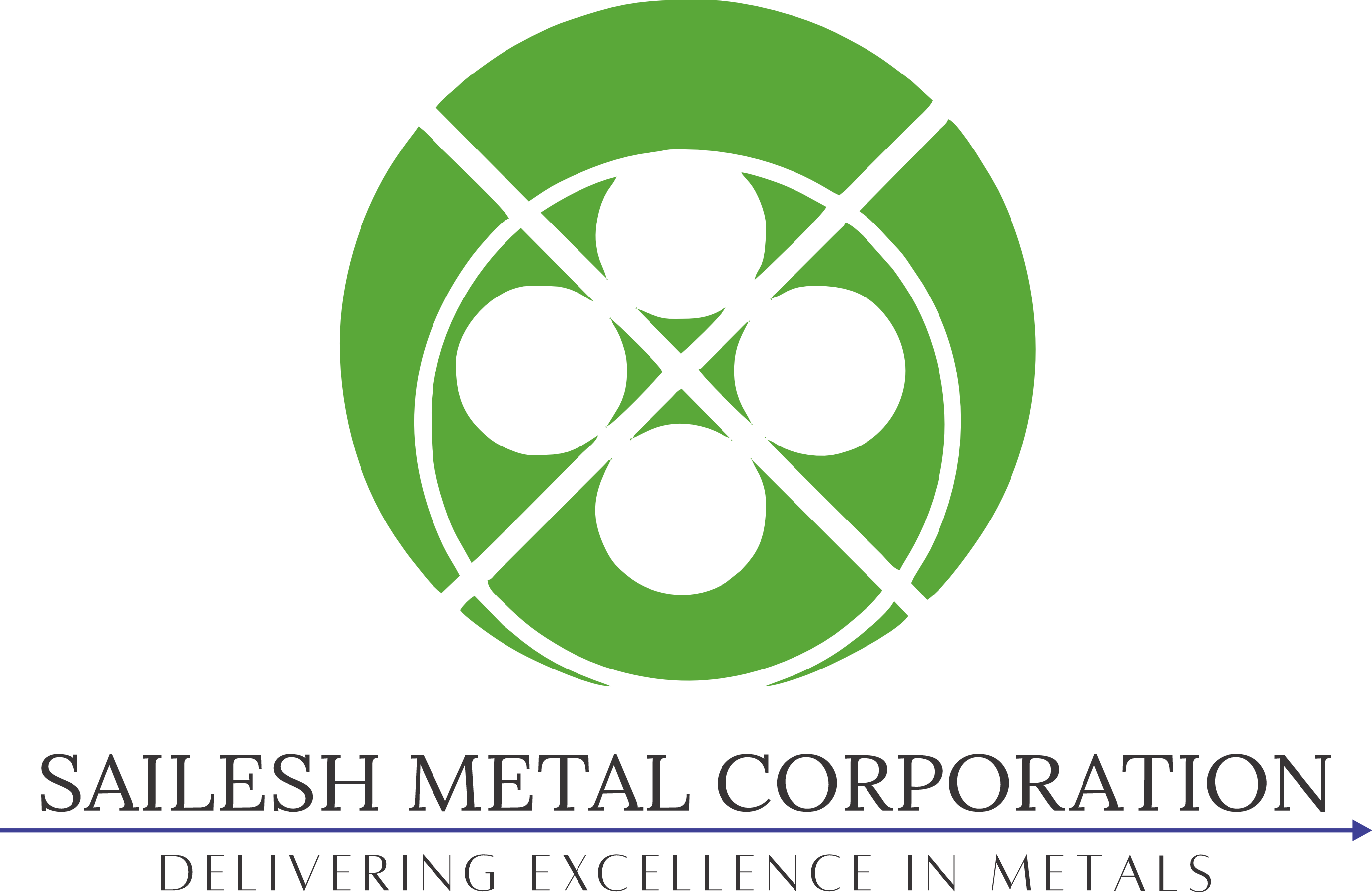VDM Alloys 22 Fittings
Supplier, Manufacturer & Distributor in India.
VDM Alloy 22 is a nickel-chromium-molybdenum alloy with tungsten and extremely low carbon and silicon content supplied, manufactured & distributed by Sailesh Metal Corporation.
VDM Alloy 22 is characterized by:
- Extraordinary resistance across a wide range of corrosive media under oxidizing and reducing conditions
- Particularly high resistance to crevice, pitting, and stress corrosion
VDM Alloy 22 Fittings

VDM Alloy 22 Fittings

VDM Alloy 22 Fittings

Physical properties of VDM alloy 22 Fittings
| Density | Melting range | Brinell |
| 7 g/m³ at 20 ° | 1,360 – 1,400 °C | 240 |
| 543 lb/ft² at 68 °F | 2,470 – 2,550 °F |
Chemical composition of VDM alloy 22 Fittings
| Cr | Mo | Ni | Fe | W | CO | Mn | V | Si | P | C | S | |
| Min | 20.0 | 12.5 |
bal |
2.0 | 2.5 | |||||||
| Max | 22.5 | 14.5 | 6.0 | 3.5 | 2.5 | 0.50 | 0.35 | 0.08 | 0.025 | 0.015 | 0.02 |
Due to technical reasons, the alloy may contain additional elements
Mechanical properties of VDM alloy 22
The following minimum values at room and increased temperatures apply to the solution-annealed condition for longitudinal and traverse test samples of the specified dimensions. The properties for larger dimensions must be agreed upon separately.
| Temperature | Yield strength
Rp 0.2 |
Yield strength
Rp 1,0 |
Tensile strength Rm | Elongation
A |
||||
| °C | °F | MPa | ksi | MPa | Ksi | MPa | ksi | % |
| 20 | 68 | 310 | 45 | 335 | 48.6 | 690-950 | 100-138 | 45 |
| 100 | 212 | 270 | 39.2 | 290 | 42.1 | |||
| 200 | 392 | 225 | 32.6 | 245 | 35.5 | |||
| 300 | 300 | 195 | 28.3 | 215 | 31.2 | |||
| 400 | 752 | 175 | 25.4 | 195 | 28.3 | |||
Applications of VDM Alloy 22 Fittings
VDM Alloy 22 Fittings has a broad field of application in the chemicals and petrochemicals industry and is used for components in organic processes that contain chloride and for catalytic systems. The material is especially effective in hot, contaminated mineral acids, solutions, organic acids (such as formic acid and acetic acid) or seawater. Other fields of application are:
Acetic acid production
Pharmaceuticals industry
Fine chemicals
Fabrication & Heat Treatment
Heating
It is important that the workpieces are clean and free of any contaminations before and during heat treatment. Sulphur, phosphorus, lead and other low-melting point metals can result in material damage during the heat treatment. This type of contamination is also contained in marking and temperature-indicating paints or pens, and also in lubricating grease, oils, fuels and similar materials. The sulphur content of fuels must be as low as possible. Natural gas should contain less than 0.1 wt.-% of sulphur. Heating oil with a maximum sulphur content of 0.5 wt.-% is also suitable. Electric furnaces are preferable for their precise temperature control and a lack of contaminations from fuels.
Heat treatment
Solution annealing should take place at temperatures between 1,105 and 1,135 °C (2,021-2,075 °F). Cooling down should be accelerated with water to achieve optimum corrosion properties. Fast air cooling can also be carried out at thicknesses of less than approx. 1.5 mm. For strip and wire products, the heat treatment can be performed in a continuous furnace at a speed and temperature that is adapted to the material thickness.
Hot forming
The material can be hot-formed in a temperature range between 1,100 and 900 °C (2,012 °F-1,652 °F) with subsequent rapid cooling down in water or air. Heat treatment after hot forming is recommended in order to achieve optimal properties. For heating up, workpieces should be placed in a furnace that is already heated up to the target value.
Cold forming
VDM Alloy 22 has a higher work hardening rate than other austenitic stainless steels. This should be taken into account when selecting forming equipment. .
Descaling and pickling
Oxides of VDM Alloy 22 and heat tint in the area around welds adhere more strongly than in stainless steels. Grinding using extremely fine abrasive belts or grinding discs is recommended. It is imperative that grinding burns be avoided. Before pickling in nitric-hydrofluoric acid, the oxide layers should be destroyed by abrasive blasting or fine grinding, or pre-treated in salt baths.


